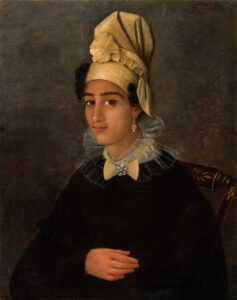History
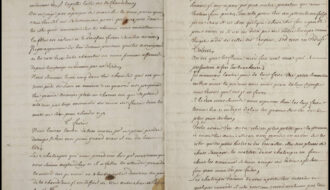
Father Paul Du Ru
A Jesuit priest was the first to establish Catholic missions among the Indigenous peoples of the Gulf South.

A Jesuit priest was the first to establish Catholic missions among the Indigenous peoples of the Gulf South.
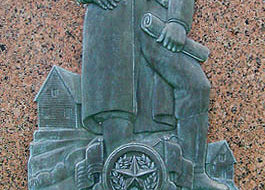
Felipe Enrique Neri, although deceptive about his own lineage, nevertheless played an important role in the settlement of the Ouachita Valley in northeast Louisiana.
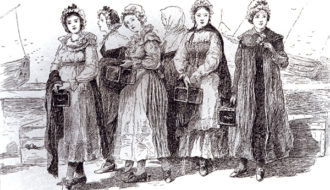
The filles à la cassette (translated in English as “casket girls”) is the name given to French girls brought to Louisiana beginning in 1721 to marry colonists already living in the colony.
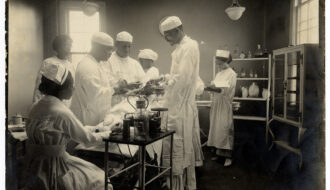
Flint-Goodridge Hospital opened in 1896 to serve New Orleans’s Black community and provide medical training for Black nurses and physicians at a time when other hospitals denied services to Black people.
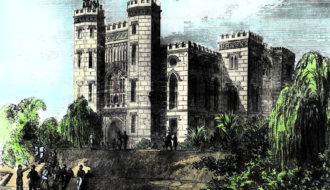
The strategic location of Louisiana's Florida Parishes made them significant to Union forces during the Civil War.
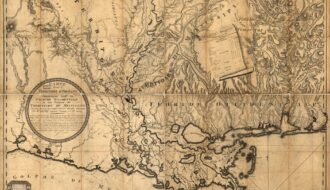
A portion of Louisiana was once the western extremity of colonial Florida
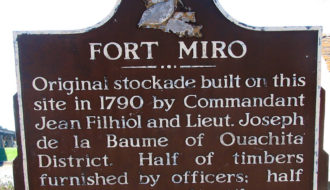
Located on the site of present-day Monroe, Louisiana, Fort Miro was a late eighteenth-century Spanish outpost that served the Ouachita River valley.
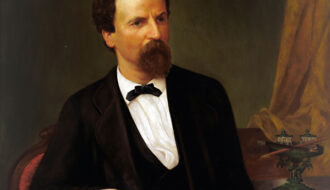
Francis Nicholls served two nonconsecutive terms as governor of Louisiana from 1877 to 1880, and again from 1888 to 1892.
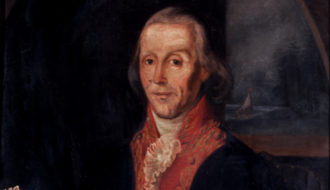
Francisco Luis Hector, baron de Carondelet served as governor of the Spanish colonies of Louisiana and West Florida between 1791 and 1797.
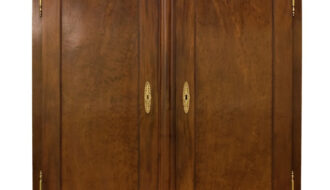
Francois Seignouret, a financially successful businessman and investor, became known as one of the greatest cabinetmakers in New Orleans, though there is no evidence that he ever made furniture with his own hands.
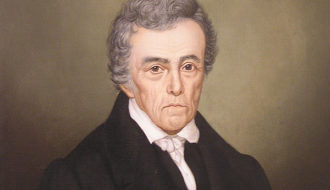
Francois-Xavier Martin was the presiding judge of the Supreme Court of Louisiana from 1836 to 1846.
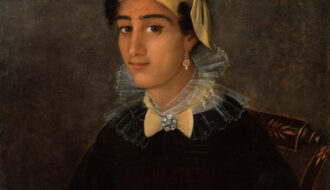
Free people of color constituted a diverse segment of Louisiana’s population and included people that were born free or enslaved, were of African or mixed racial ancestry, and were French- or English-speaking
One-Year Subscription (4 issues) : $25.00
Two-Year Subscription (8 issues) : $40.00
